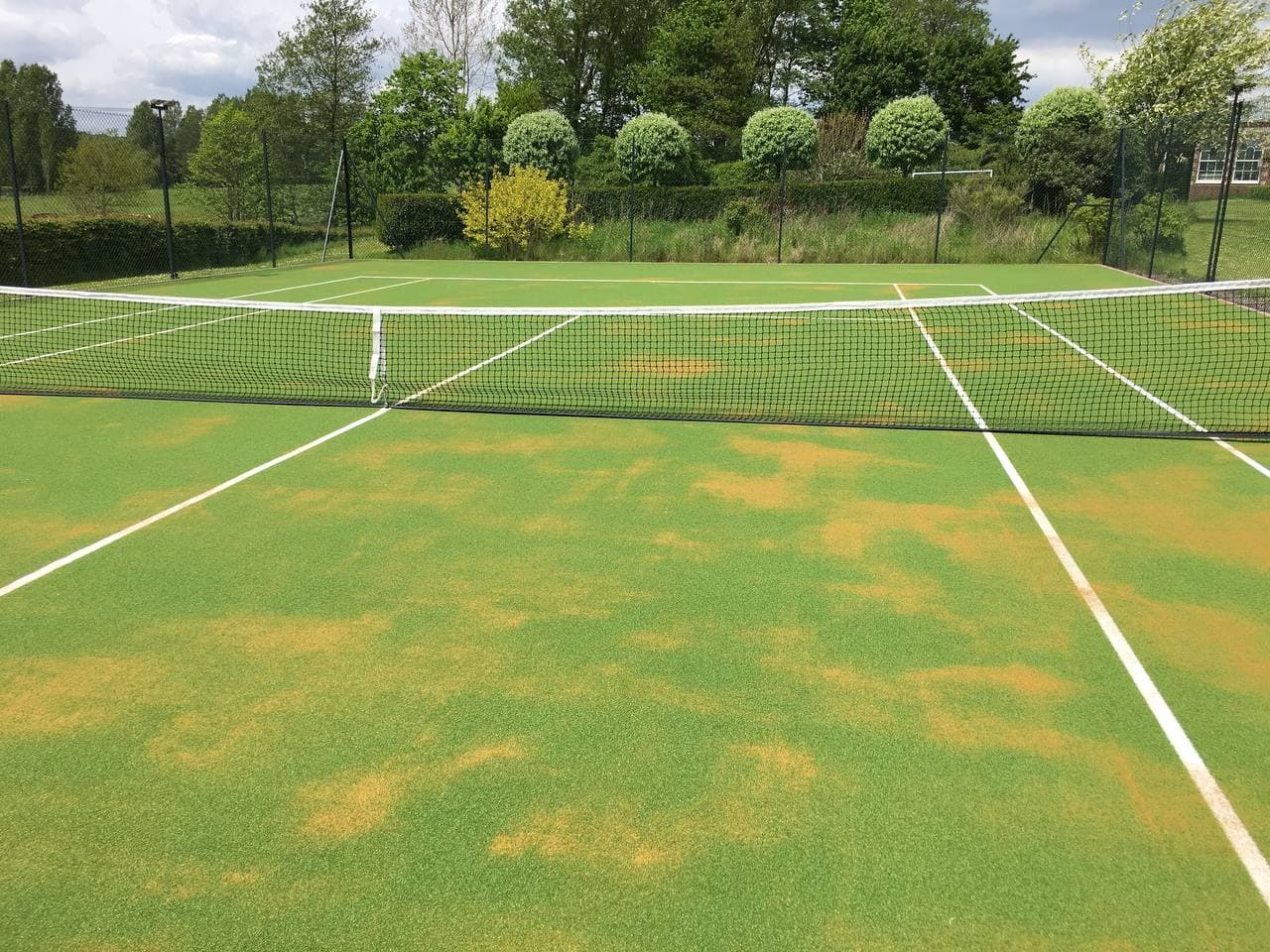
Introduction: Tennis court refurbishment is a comprehensive process involving more than resurfacing the playing surface. One crucial aspect of refurbishment that often goes overlooked is the marking of court lines. Line markings play a vital role in defining the boundaries of the court, guiding players during gameplay, and ensuring fair and accurate calls. In this blog post, we’ll explore the importance of line markings in tennis court refurbishment and highlight the key considerations in achieving precise and professional results. At Tennis Court Construction Dorset, we understand the significance of line markings in optimising the playing experience, and we’re dedicated to delivering top-quality refurbishment solutions that exceed our clients’ expectations.
Defining Boundaries:
Line markings serve as visual indicators that define the boundaries of the tennis court, delineating the playing area from out-of-bounds areas. Properly marked lines help players stay within the confines of the court during gameplay, preventing disputes over ball placement and ensuring fair and accurate calls by officials. During the refurbishment, it’s essential to measure meticulously and lay out court lines to ensure they adhere to official dimensions and specifications, providing players with a clear and consistent playing surface.
Guiding Gameplay:
In addition to defining boundaries, line markings are crucial in guiding gameplay and strategy during matches. Different line configurations, such as singles and doubles court lines, help players understand positioning and movement on the court, enabling them to make split-second decisions and execute precise shots. Line markings also facilitate the execution of serving, volleying, and baseline shots, providing players with visual cues to enhance their performance and confidence on the court.
Ensuring Accuracy and Consistency:
Precision and accuracy are paramount regarding line markings on tennis courts. Any discrepancies or irregularities in line placement can lead to confusion, frustration, and unfair advantages during gameplay. Therefore, it’s essential to use high-quality materials and techniques to ensure that line markings are crisp, clear, and consistent across the entire court surface. Professional-grade stencils, paints, and application methods are employed during refurbishment to achieve precise and professional results that meet the standards of competitive play.
Meeting Official Regulations:
Tennis courts must adhere to specific regulations and standards set forth by governing bodies, such as the International Tennis Federation (ITF) and local tennis associations. These regulations dictate the dimensions, spacing, and colouration of court lines to ensure uniformity and fairness in gameplay. During refurbishment, it’s crucial to consult official guidelines and regulations to ensure that line markings comply with established standards and requirements. By meeting official regulations, tennis court refurbishment projects can enhance the credibility and legitimacy of the playing surface, attracting players and tournaments of all levels.
Conclusion: Line markings are a fundamental aspect of tennis court refurbishment, playing a vital role in defining boundaries, guiding gameplay, ensuring accuracy and consistency, and meeting official regulations. By prioritising precision, professionalism, and adherence to standards during refurbishment projects, tennis court owners can create an optimal playing environment that enhances the overall experience for players and spectators alike.
Call us on: 01202 125699
Click here to find out more about Tennis Court Construction Dorset
Click here to complete our contact form and see how we can help with your court’s needs.